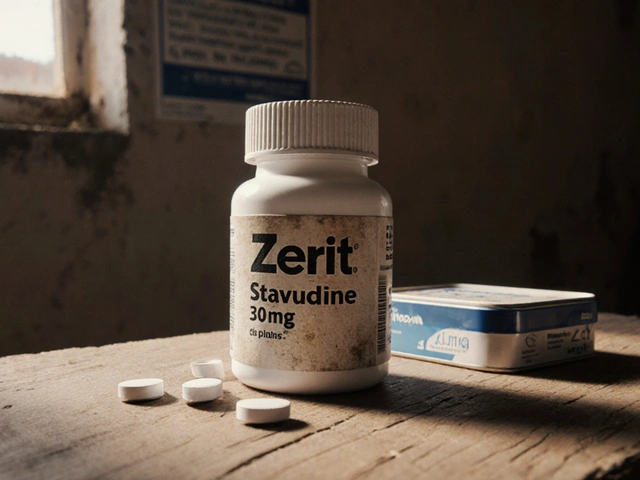Moxifloxacin — what it treats and what to watch for
Moxifloxacin is a fluoroquinolone antibiotic doctors use for certain bacterial infections—commonly respiratory infections like pneumonia, sinusitis, and bronchitis, as well as some skin and abdominal infections. It’s powerful and works when other antibiotics may fail, but it also carries serious risks, so it’s a drug to respect, not reach for first.
Why mention risks right away? Because moxifloxacin can cause tendon damage, nerve problems, and heart rhythm changes. That doesn’t mean everyone will get those problems, but knowing them helps you spot trouble early and keep yourself safe.
How it's used & dosing
The usual adult dose is 400 mg once daily. Duration depends on the infection—some courses last 5 days, others 7–14 days. Take it at about the same time every day. You can take moxifloxacin with or without food, but avoid antacids or supplements with magnesium, aluminum, iron, or calcium within 4 hours of the dose—those reduce how much drug gets into your body.
Moxifloxacin is not recommended for children or teens for routine infections because of joint and tendon concerns. Pregnant or breastfeeding people should talk to their doctor—this drug is generally avoided unless there’s no safer alternative.
Important safety warnings & interactions
Watch for sudden tendon pain, numbness or tingling, severe dizziness, mood changes, or fast/irregular heartbeat. If any of these appear, stop the drug and get medical help. The FDA warns that fluoroquinolones can cause tendonitis and tendon rupture, peripheral neuropathy (nerve damage), and serious central nervous system effects.
Don’t mix moxifloxacin with drugs that prolong the QT interval—like some antiarrhythmics, certain antidepressants, and macrolide antibiotics—unless your doctor checks your heart first. Also avoid tizanidine; combining it with moxifloxacin can cause low blood pressure and sedation.
Always tell your prescriber about: other meds, a history of heart rhythm problems, low potassium or magnesium, kidney or liver disease, and myasthenia gravis. These issues change whether moxifloxacin is a safe choice.
How to get it safely: you need a prescription. Use a licensed pharmacy and make sure the prescriber reviewed your symptoms and medical history. Never buy prescription antibiotics from sites that don’t require a prescription or lack clear contact and licensing info—those products can be fake or unsafe.
Finish the full course as prescribed even if you feel better, unless your doctor tells you to stop. If side effects bother you or you think the drug isn’t working, contact your doctor rather than doubling doses or stopping abruptly without advice.

Top 10 Alternatives to Augmentin in 2025
Looking beyond Augmentin in 2025, this article explores diverse antibiotics that provide effective treatments for bacterial infections. From Moxifloxacin to newly developed options, each alternative is dissected for its unique pros, cons, and specific uses. We present a balanced view to guide health decisions for those seeking options other than this well-known antibiotic. Discover how the landscape of bacteria-fighting medications continues to evolve, offering wider choices for both medical professionals and patients.
Detail




